Built and accumulated throughout history, up to now in the province, the system of tangible cultural heritage includes architectural works, archaeological relics, treasures, antiquities... diverse, rich and are evidences showing the origin and cultural identity. The preservation, conservation and promotion of the value of tangible cultural heritage has gradually met the needs of living, learning about culture, beliefs and religions of the community.
Keo Pagoda special national relic is a spiritual and cultural destination in Thai Binh .
Cultural heritage resources
Currently, the whole province has 2,969 inventoried relics, including 2 special national relics, 125 national relics, 603 provincial relics, distributed in many types: historical relics, architectural and artistic relics, archaeological relics. Each relic contains many tangible cultural heritages such as antiques, treasures, Han Nom heritages...
As one of the two earliest nationally ranked relics in the province, the special national relic Keo Pagoda, Duy Nhat Commune (Vu Thu) is currently preserving the incense altar as a national treasure recognized in 2021. In addition, at the place of worship of the Saint, in the forbidden palace, there is a statue of Zen Master Khong Lo made of agarwood that is said to be nearly a thousand years old. At the inner gate of the pagoda, visitors are impressed by the extremely sophisticated carved doors, imbued with the maternal love of the mother dragon and the baby dragon in the middle of the water, clouds like embroidered flowers, woven brocade, typical of the unique architecture of the Le Dynasty. Among the rare antiques are also 2 bronze bells, nearly 100 original statues converging the artistic values of the 17th and 18th centuries... Being a completely wooden structure with unique artistic architecture of the Le Trung Hung period - 17th century, Keo Pagoda regularly welcomes a large number of domestic and international tourists to visit and worship.
Mr. Pham Huu Han, a resident of Keo village, shared: The elders in the village for many generations have always educated their children and grandchildren to appreciate and join hands to preserve the village's relics, not to do anything to damage the relics, and actively participate in annual festivals so that the relics will last forever and be passed down to future generations.
An Co Communal House is one of the first two relics of Thai Binh to be ranked as a national relic in 1962.
Along with Keo Pagoda relic, An Co communal house, An Tan commune (Thai Thuy) was ranked as a national relic in 1962, a precious gem in the architectural and cultural heritage of the Le Mac period. This is the place to worship Nam Hai Dai Vuong Thuong Dang Than. The temple, with a capacity of hundreds of people, impresses with its central rafters, side rafters, and armpit rafters, all carved majestically and elaborately with 500 dragon heads. In total, the communal house has 56 carved panels, a massive system of headboards, each with many dragon heads, meticulously carved down to each beard and dragon scale. Currently, the locality still preserves 13 royal decrees on An Co communal house from the dynasties with intact red seals.
Mr. Nguyen Duy Truong, a cultural official of An Tan commune, shared: Over hundreds of years with historical changes, with investment from the state budget, the communal house has undergone major renovations but up to now, it still retains its unique architectural and artistic value. In 2022, An Co communal house is one of 10 relics in Thai Thuy district to receive urgent funding to repair the leaking roof. From the sense of responsibility of the local people, the relic always has people on duty day and night, carefully watching, ensuring the safety of the relic site as well as the antiquities here.
Promoting resources to preserve relics
Keo Pagoda and An Co Communal House are two of hundreds of relics that have been given attention for repair in recent years. According to statistics from the cultural sector, each year in the province, nearly 100 relics are repaired, restored, and embellished, of which the state budget supports an average of about 20 - 25%, the rest from socialized capital and from relic revenue accounts for about 75 - 80%. In 7 years (2018 - 2024), the provincial budget has allocated over 88.5 billion VND for relic repair and embellishment projects and over 14 billion VND from cultural career capital for urgent repair of 300 relics at the rate of 40 - 50 million VND/relic. The good news is that in recent years, many localities have paid attention to arranging district-level budget sources, and at the same time actively mobilizing socialized resources for this activity, meeting the religious and spiritual needs of the community. There have been relics restored and embellished with 100% socialized funding, with investments reaching tens of billions of dong.
Keo villagers actively participate in activities related to relics, preserving them forever.
Mr. Do Quoc Tuan, Director of the Provincial Museum, informed: In recent years, the Provincial Museum has been the unit directly conducting the inventory and building scientific records of relics. Records are the basis for carrying out restoration, embellishment, and minimizing the encroachment of relics. Meanwhile, the ranking of relics helps the management agency as well as the community know the value of the relics. We survey, collect documents, measure the area, describe in detail the architectural features of the relics as well as the architectural decorations, determine the current status of the architectural units, fully exploit the sources of documents in the relics such as: genealogy, tablets, steles, royal decrees... then classify, determine the correct type of relics, suitable for the content and characteristics to develop a plan to protect and promote effectively. Basically, the relics after being restored and embellished have met the requirements on construction quality, complied with the viewpoints and principles of conservation, did not distort or deform, and did not affect the original elements constituting the relics.
Along with localities across the country, cultural heritage is a resource and a driving force attracting more and more tourists to visit and learn in Thai Binh. In response to the urgent need to preserve and promote the value of cultural heritage in contemporary life, recently, the draft Law on Cultural Heritage (amended) has been put forward for public consultation. Thereby, it aims to adjust and specify the remaining issues, create the most favorable legal corridor for activities to protect and promote the value of cultural heritage, and create a driving force for socio-economic development in each locality.
Tu Anh
Source: https://baothaibinh.com.vn/tin-tuc/19/210839/bao-ton-phat-huy-gia-tri-di-san-van-hoa-vat-the-trong-doi-song-duong-dai



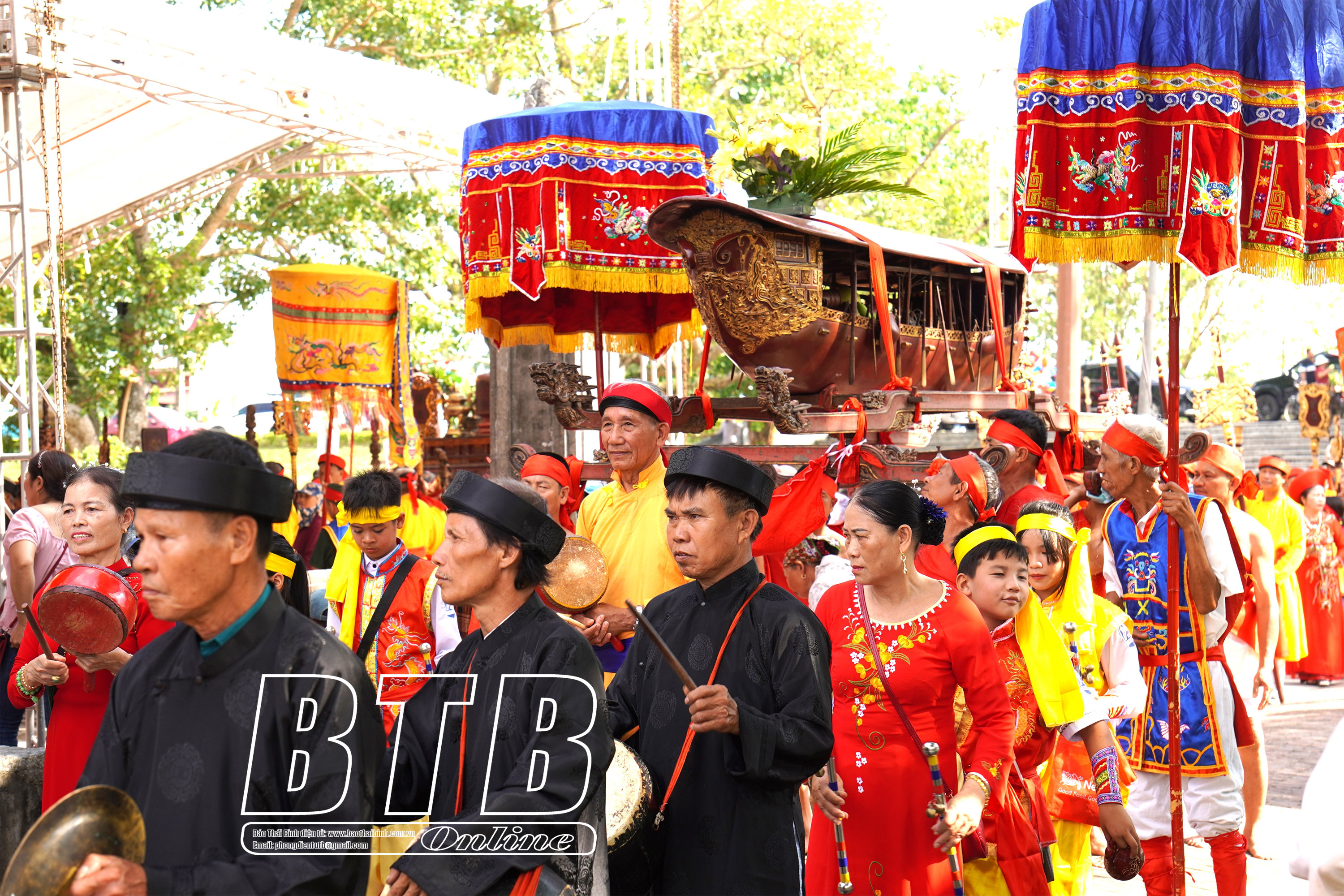

![[Photo] Binh Trieu 1 Bridge has been completed, raised by 1.1m, and will open to traffic at the end of November.](https://vphoto.vietnam.vn/thumb/1200x675/vietnam/resource/IMAGE/2025/10/2/a6549e2a3b5848a1ba76a1ded6141fae)




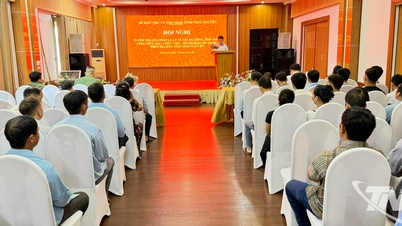



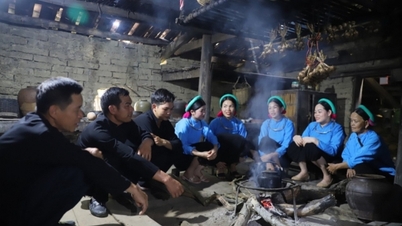

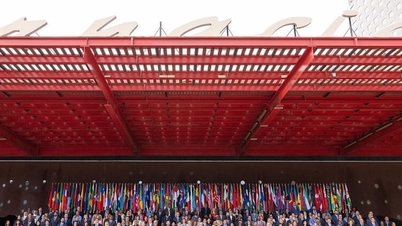

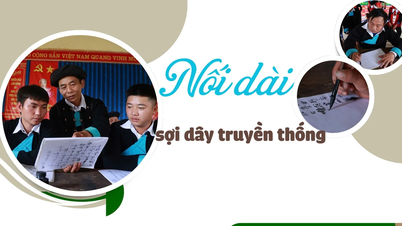


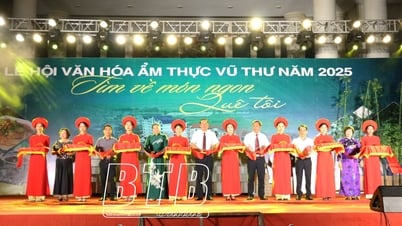


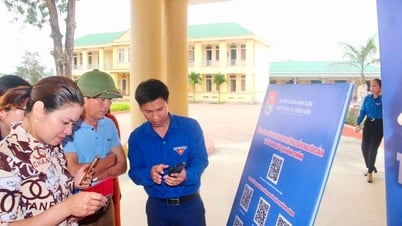
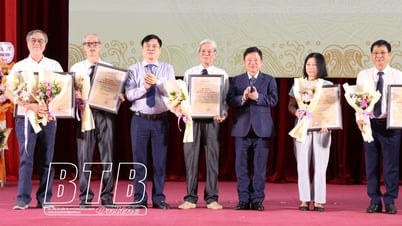

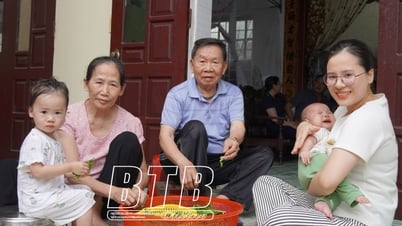





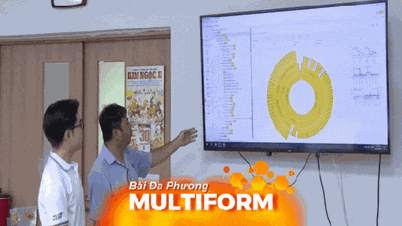
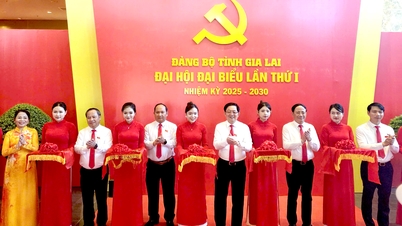

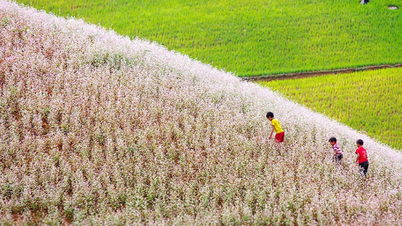
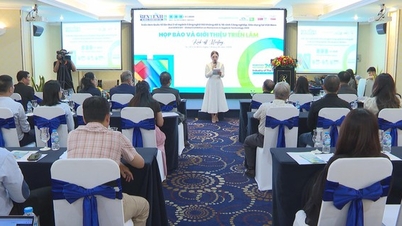
















































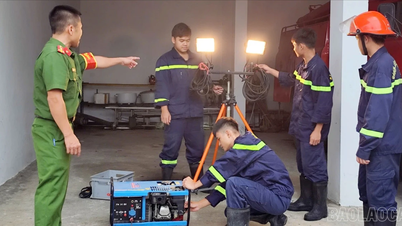
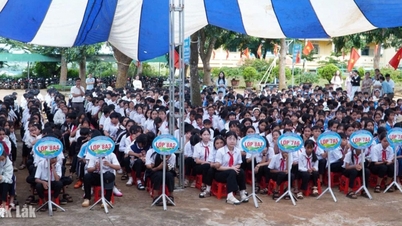

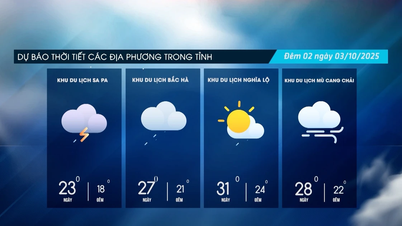
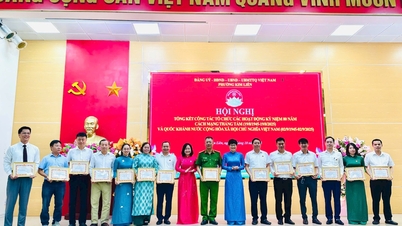
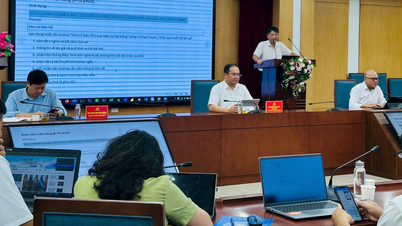
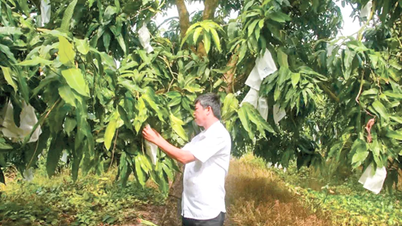













Comment (0)